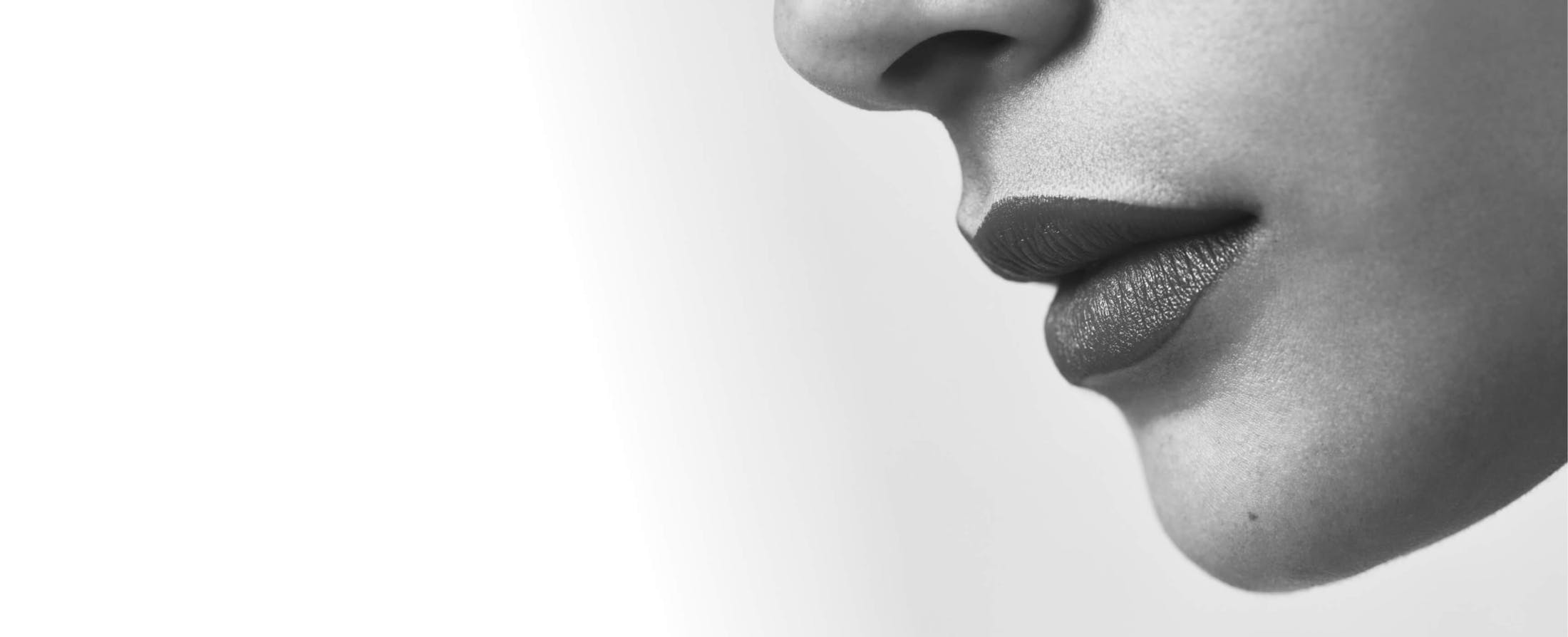
If you have acne scars that are making you feel self-conscious, know that there are acne scar treatment options readily available to you. And the best part is that these are non-surgical and non- or minimally invasive options, which make them ideal for patients who are afraid of incisions and sutures.
That said, it’s best to know a bit about acne and acne scars first before consulting a skin specialist so you can have a more informed discussion about your specific acne scar and the best way (acne scar treatment)to minimize or improve their appearance.
What is acne?
An acne is a skin condition that develops when dead skin cells, debris, and oil accumulate and get stuck inside the skin’s hair follicles or pores. With this buildup under the skin, bacteria may begin to breed, causing redness and swelling.
Pimple and acne are terms generally used interchangeably, and while they may be similar in characteristic, they are different in how they appear or develop on the skin. To be more specific, acne is typically associated with a breakout, or the appearance of several pus-filled pimples on the face all at once. A pimple is typically a single bump.
There are different types of acne, and generally, their differences lie in their appearance and severity. In a nutshell, the types of acne are: papules, pustules, nodules, and cysts. Briefly, papules are pink or red bums or inflamed pimples; pustules are pimple lesions filled with pus and appear yellow at the top (sometimes white) and red or pink at the base.
Cysts are lumps filled with pus as well but they reach deeper into the skin. Nodules, on the other hand, can be considered as large papules or pustules but like cysts, they also reach deeper into the skin. Both cysts and nodules are more painful than pustules and papules.
Knowing and understanding these similarities and differences can help you make a more informed decision about acne scar treatment options to explore with your doctor.
How do acne scars develop?
Not all acne develop a scar, or at least not a scar that is visible or noticeable. Some acne scars heal and resolve on their own, but others require cosmetic treatment to improve their appearance. Briefly, acne scars develop when acne blemishes become inflamed. When this happens, the body’s natural healing capability kicks in, which is why some acne scars heal and disappear (or at least aren’t noticeable).
Some scars, however, become large and noticeable as a result of the body’s overproduction of collagen to repair the inflamed acne blemish thus causing the scar to become raised.
There are different types of acne scars, but in general, you can break these down into two categories: depressed or atrophic scars and keloid or hypertrophic scars.
Acne scar treatment options
As mentioned above, there are different non-surgical acne scar treatment options readily available these days. In-clinic acne scar treatments include chemical peels, microneedling, laser skin resurfacing (for atrophic scars), and dermabrasion.
There are also at-home treatments you could consider, including OTC creams that contain retinoids, salicylic acid, or alpha hydroxy acid. However, it is strongly recommended that you consult your doctor first about OTC creams for your acne scars as the wrong one could cause more damage to the skin. Your doctor will also provide you with instructions on how best to use their recommended OTC cream.
Consult a licensed facial plastic surgeon today
If you’d like to learn more about acne scar treatment options for your specific condition, please schedule an appointment with Dr. George T. Moynihan at (312) 736-7795. For your safety, comfort, and convenience, virtual consultations are also available.


